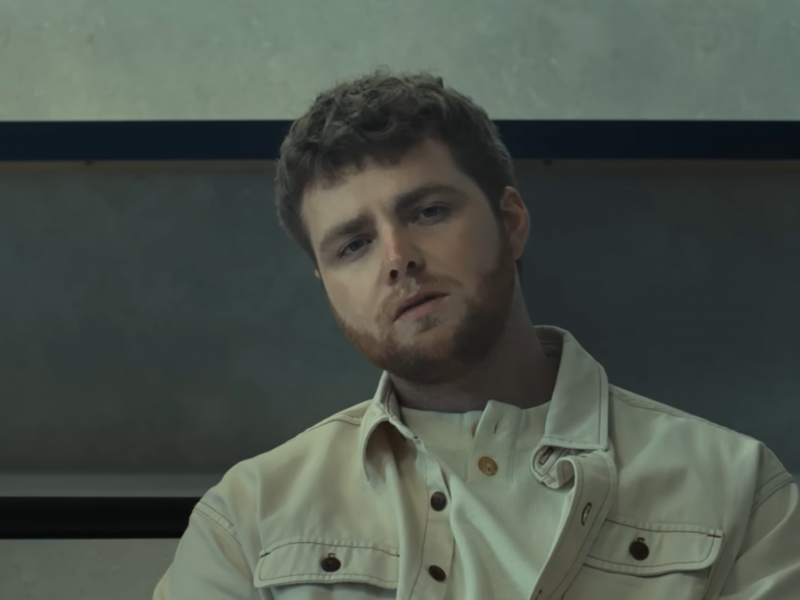Memes are a form of art. Bear with me here.
The concept of Dadaism was born through the chaos and resentment toward the state of the world during World War I. Life was scary and surreal and didn’t make sense, Dada artists argued, so why should art make any sense?
Mark Kelner, an artist based in Washington, describes the Dada art movement in two different parts. The first, he said, is “a multi-eclectic visual style that allows for wild juxtapositions and narratives full of references to high and low culture.” The second, “absurdism in hopes of revealing wider truths about whatever’s going on in the world … to make a particular point.”
He may just as well have been describing those goofy memes you see all the time on the internet.
The “blinking white guy,” “evil Kermit” and “student athlete” memes are all great recent embodiments of a concept explored by scientist Richard Dawkins, who coined the word “meme” in 1976. Yes, memes existed long before the introduction of the internet.
“It usually takes the form of a joke or a picture that’s used for a joke, but essentially it’s something that is a medium used to convey a message,” BuzzFeed reporter Julia Reinstein said. “It can mean a lot of things, but it all kind of boils down to the same medium.”
There’s a good chance that you either know nothing about internet memes, or consider yourself an expert. When Dawkins originally introduced the concept from an evolutionary standpoint, he described a phenomenon in which some behaviors were inherent to certain species, but made no sense to others.
“There’s just no easy way to explain that to someone who doesn’t get it, which is one of the most fascinating things about it,” Reinstein said. “It’s such an in-group thing. If you get it, you get it and if you don’t, it’s going to be really hard to explain.”
Reinstein is one of those people who gets it. A self-described meme-enthusiast, she works for BuzzFeed, a site known for merging the gap between news and culture. Much of her job is writing about how people online react to current events through memes.
“Comedy and relating to other people is how people cope with things,” Reinstein said. “If you can make a joke about something, not only does that help you cope emotionally, but it also helps convey a message — sometimes even more than a news article will … It’s just an instantaneous way for people to understand the story. Not just the facts of what happened, but why it matters.”
And during a time of great political turmoil, memes have risen as a creative outlet to comment on the chaos.
“These aren’t just strange times, these are surrealist times and perhaps, Dada, with all of its ethos toward false representations allows for the most accurate depiction of what’s happening to our systems of government,” Kelner said. “Maybe it’s Dada’s time again, not only to do it differently, but better.”
One problem with reviving an art form that thrives on confusion and nonsense?
“Our president, in many ways, is also Dadaist,” Kelner said. “He rejects all logic, most reason, and speaks as if in collage in and of himself.”
Still, internet memes remain a powerful way to make comments that resonate with others on a global scale. The “blinking white guy” meme can be used to make statements about everything from glaring racial issues, to internet culture itself , to a person’s tendency to know what’s best and refuse to do it anyway.
“It’s almost a minimalist meme,” Reinstein said. “It’s so little and subtle but means so much. I feel like that’s the epitome of what makes a good meme: it needs to be able to stand for so many things … It can have so many messages attached.”
There’s a fairly low chance you’ll be seeing a funny tweet hanging in an art museum any time soon. That doesn’t matter, though. However strange or goofy or absurd, memes are here to stay.
“I still think a lot of people think about memes as an internet picture with the Impact font written over it,” Reinstein said. “That’s what it used to be, but that’s really not what it is anymore. There are so many things that can be characterized as memes, so now that we have the infrastructure as a world to communicate instantly all over the place. I don’t think that can ever go away.”



